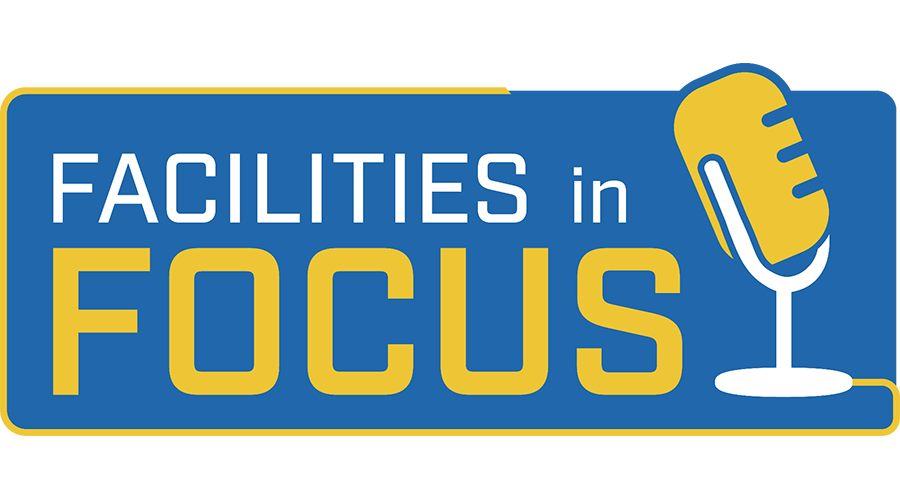Traditional Audits Have Place in Smart Grid World
The desktop building energy audit starts with the smart meter. In our highly connected world, we are seeing the implementation of the smart grid. One of the key devices at a building level is the smart meter. The federal government, in Guidance for Electric Metering in Federal Buildings, defines advanced meters as "those that have the capability to measure and record interval data (at least hourly for electricity), and communicate the data to a remote location in a format that can be easily integrated into an advanced metering system."
These meters enable wireless, two-way communication between the meter and the utility, providing data related to monitoring and use. The meter records energy-use data periodically and sends that data to the utility.
The term "interval data" refers to data the meter collects at defined periods or intervals. For electricity meters, the interval is most often 15 minutes, but it could be as long as hourly. Thanks to the Internet and wireless communications, more facilities can access interval data, including energy consumption and power demand from their utility company.
Managers can use this information to make daily decisions regarding the operation of specific equipment in the building. For large utility customers, this strategy isn't new. Managers in these facilities have been using interval data to manage energy use and electricity demand for several years. What is new is that same information is more widely available for the average building right from the utility company's web portal. More importantly, facilities are using the data to conduct remote "desktop" energy audits, which do not require the physical presence of an auditor.
In most facilities, monthly data is readily available. When looking at a building's energy-use profile, it is likely to reveal that it uses more energy during colder months. Through smart meters, managers gain access to interval data, which allows a more granular view of energy use. For example, a chart of peak demand over one week of a facility's operation reveals the times of greatest use, which are during mid-day hours.
Managers have access to so much data. Interpreting it takes experience, skill and time. Translating energy-use patterns into actionable conservation measures takes modeling tools and knowledge of building systems. Desktop energy audits offer a shortcut and could save managers a great deal of time.
The approach uses a computer program to take interval data — energy-consumption data, peak-demand data, and sometimes power-quality data — coupled with weather data to benchmark building performance. From that analysis, the software identifies possible energy-conservation measures for implementation.
For managers with large portfolios, this approach offers a relatively quick way to assess many buildings and prioritize the buildings on which they should concentrate their conservation efforts. As with traditional energy audits, these new audits offer specific recommendations for energy savings.
For managers looking for new ways to evaluate buildings, the desktop approach has much to offer. Traditional audits still have a place in identifying and evaluating projects or further evaluating projects identified in the desktop approach. And energy-conservation projects must still be developed, funded, and implemented. But the savings in initial data gathering and analysis look promising for the new world of desktop energy audits.
Laurie Gilmer, P.E., CFM, SFP, LEED AP, CxA is vice president of facility services with Facility Engineering Associates (FEA). She leads FEA's facility asset management, building energy management, and sustainability services. She has assisted facility managers in improving building systems operations, creating and implementing energy-management plans, identifying energy-saving opportunities, and earning LEED certification for existing buildings. Her experience includes sustainability/LEED, systems analysis, energy audits, commissioning, building systems planning, and controls review.
Agree? Disagree? Have something to say? We want to hear from you. Visit myfacilitiesnet.com/LaurieGilmer, and start a conversation.
Related Topics:












